Primer for nails: basic types and rules of use
As they say, hands are a visiting card of every girl. Of course, this is true, therefore, care should be given quite a lot of time. First of all, it is a simple hygienic manicure, as well as trays for nails. In principle, this is enough. However, many girls prefer to make gel polish or extension. In this case, be sure to apply a primer. We will talk about what it is, what the tool is intended for, and how to use it in today's article.
What is a nail primer?
Surely many people know about the existence of such a tool, but nevertheless few people understand what it is used for. First of all, it helps to protect the nails from the effects of the chemical components of gel polish and building materials. Also, its application prevents delamination of the nail plate. According to experienced masters, the primer helps protect nails from the penetration of fungus and other harmful bacteria. Agree, this is really important for every girl.
However, the main objective of the primer is to ensure perfect adhesion of the material to the nail plate. Due to this, the coating will not peel off in any case. This is especially true for the edge and side of the nails. The primer also performs the function of degreasing, which is very important when working with similar materials.
Many beginners confuse a primer with a base for manicure. In fact, they have completely different functions. In addition, this product is quite liquid and has a very strong chemical smell. Therefore, it should be applied only in well-ventilated areas. Please note that after application it does not look like a full coating. In turn, the base on the nails looks like a colorless varnish.
The main types of primer for nails
Despite the rather great interest in this tool, not many people know that there are several types. Each of them has different properties and purpose. Therefore, we recommend that you understand this before you go for the acquisition.
Prep primer or bond
According to professionals, this is the type of primer that is the lightest and most gentle. The fact is that in its composition there are no dyes and flavorings. Also, it does not penetrate into the deeper layers and even more so does not upset the water balance. Therefore, the effect on the nail plate is quite soft. And after application, the nails do not become too brittle and brittle.
Most often it is used before gel polishing. It is not suitable for building, as it does not allow the acrylic to adhere too well to the nails. If desired, periodically it can be used as a base before coating with simple varnish. However, this is not necessary at all, since in this case it is better to apply a special base.
Acid free primer
By name, it is clear that there is no acid in this product. Due to this, it acts on the nails more gently, sparingly. In addition, it should be used by owners of fragile nails. In this case, the primer fulfills its intended purpose, that is, degreases, protects them and ensures high-quality adhesion of the material to the nail plate. If in the process of work a little substance gets on the skin, then there is nothing to worry about. After the procedure, you just need to wash your hands well with soap in order to neutralize it.
Most often, an acid-free substance is used before gel polish or gel nail extension. For acrylic, it is better to purchase the following option.
Acid primer
The most popular is still considered an acid primer. It may contain from 30% to 100% methacrylic acid. Its amount depends on the chosen product.In any case, unlike other types, the acid primer provides the greatest adhesion to a wide variety of materials.
But still, there are a number of drawbacks that are definitely worth considering. Firstly, such a tool is by no means suitable for thin and weakened nails. Otherwise, it will only harm them. And the recovery process will be very long.
Secondly, an acid primer is a toxic substance, so you need to work with it as carefully as possible. After all, contact with the skin can lead to a chemical burn. Therefore, we recommend that beginners choose a different, more secure option.
Also note that the acid primer is best chosen only for acrylic building. After all, for a quality manicure with gel polish, a less traumatic substance is also perfect.
Features of working with a primer
As mentioned above, not all products are safe for the skin and nails, therefore, we recommend that you consider the basic rules of work. This will be especially true for those who plan to use it at home.
Many beginners do not know that for a primer it is not at all necessary to use a special lamp. It dries pretty quickly in the air. However, in no case should you use it in small rooms with poor ventilation. The consequences can be very serious, so do not risk your health.
Before applying the primer, the surface of the nails must be prepared. That is, to process with a special buff, which helps to remove bumps. Also at home, do not apply more than one layer of the product. Of course, an experienced master sometimes uses two layers, but this is done in exceptional cases.
Please note that the primer must be dry before you apply any of all possible coatings. Otherwise, a beautiful manicure definitely will not work.
As you can see, a primer is a really necessary tool for creating stylish manicure with gel polish, as well as for building. But still, it is worth observing some rules so as not to harm your health. Especially when using an acidic substance.
What kind of nail primer do you use? Share your experiences in the comments.

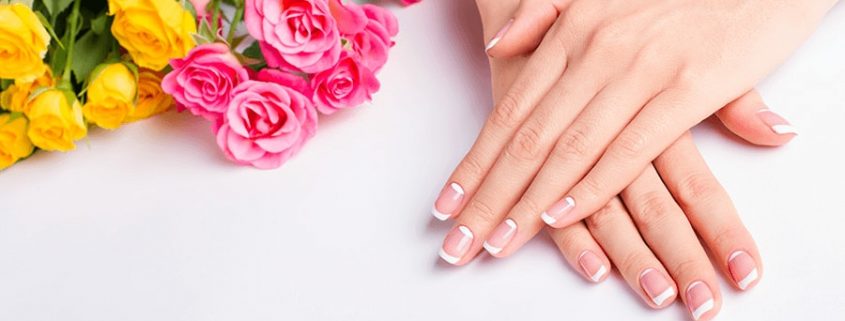
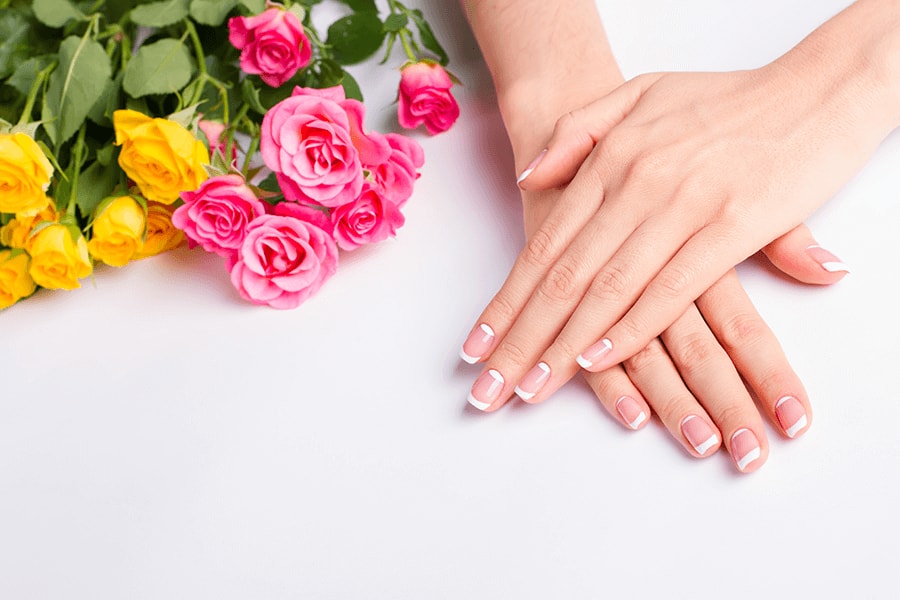
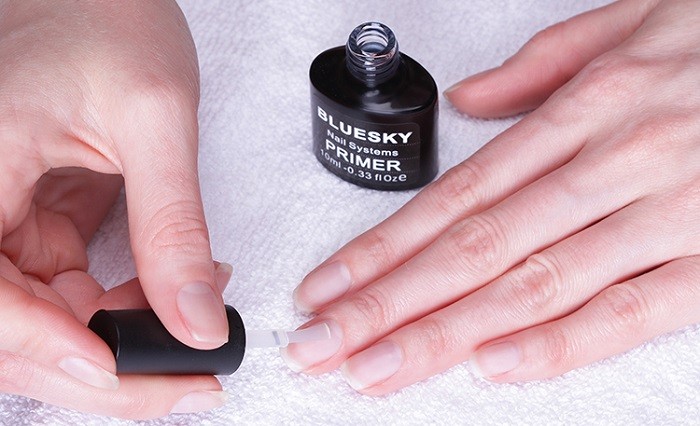

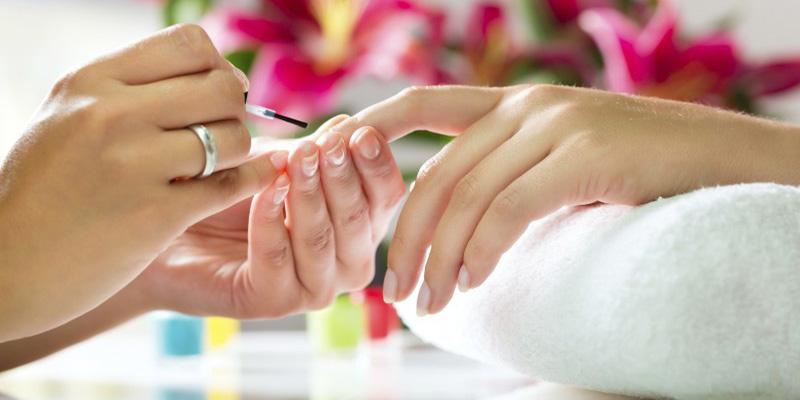
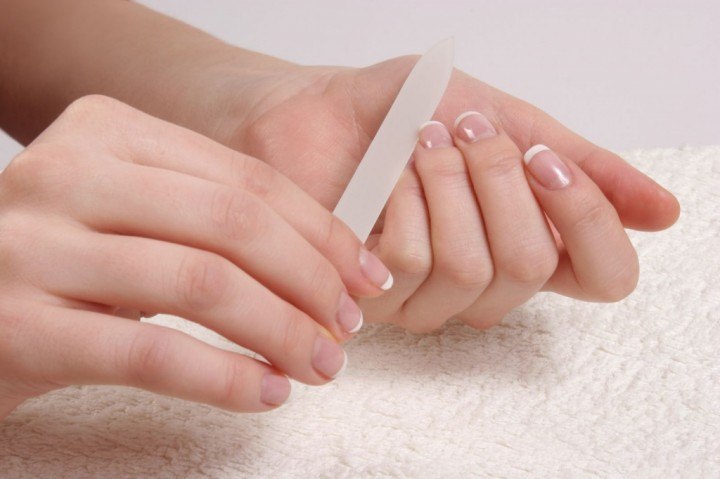
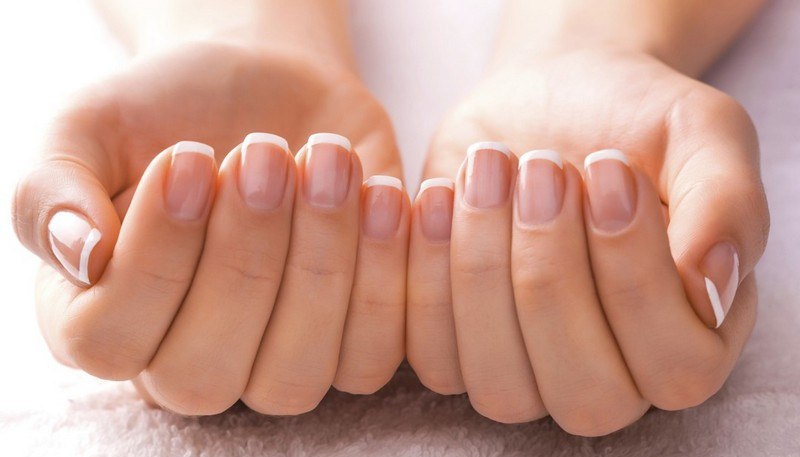





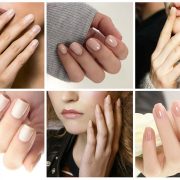
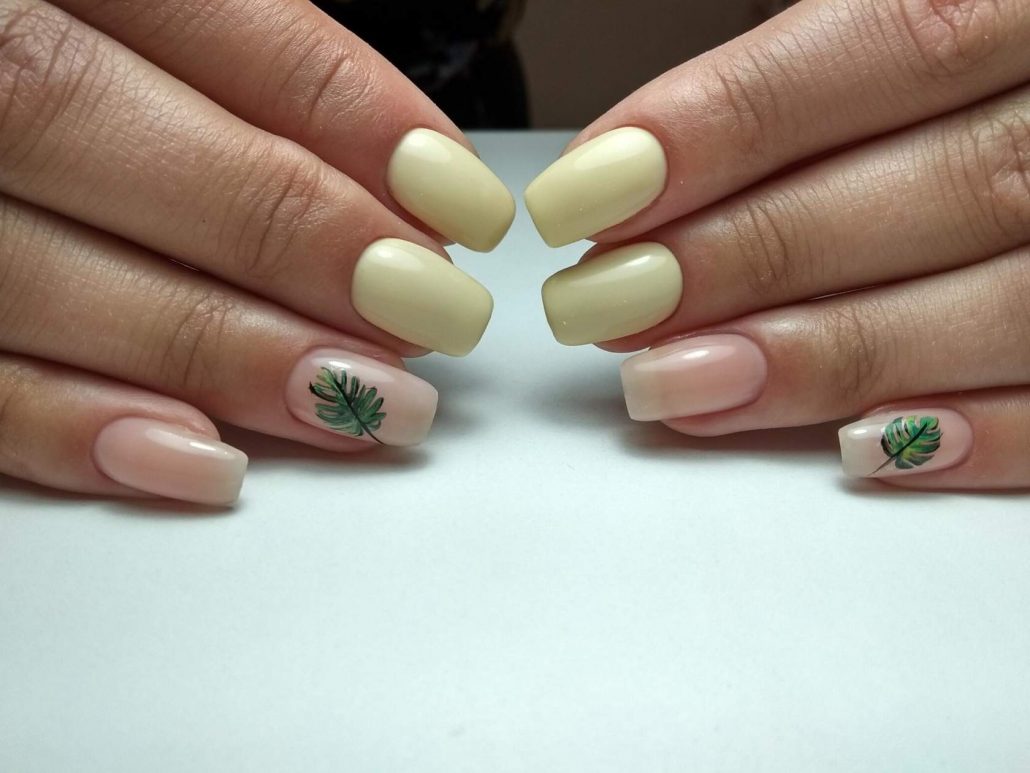






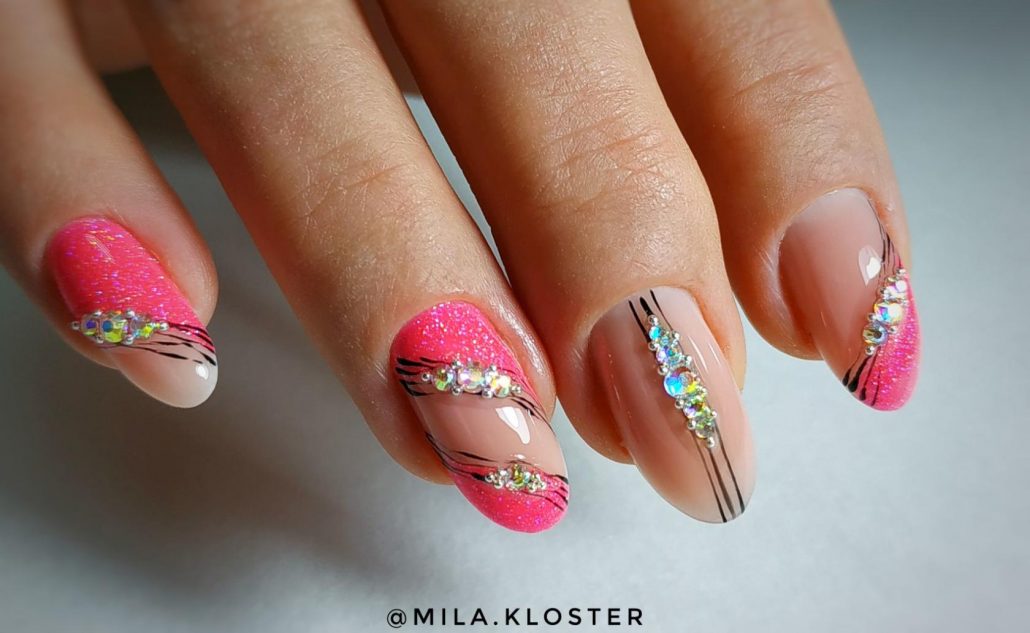



To answer
Want to join the discussion?Feel free to contribute!